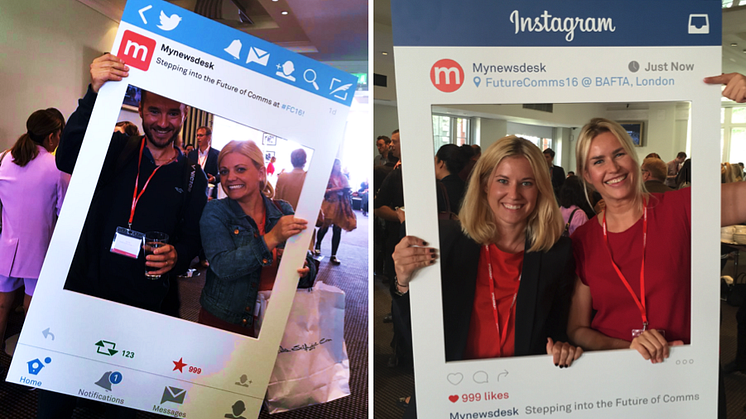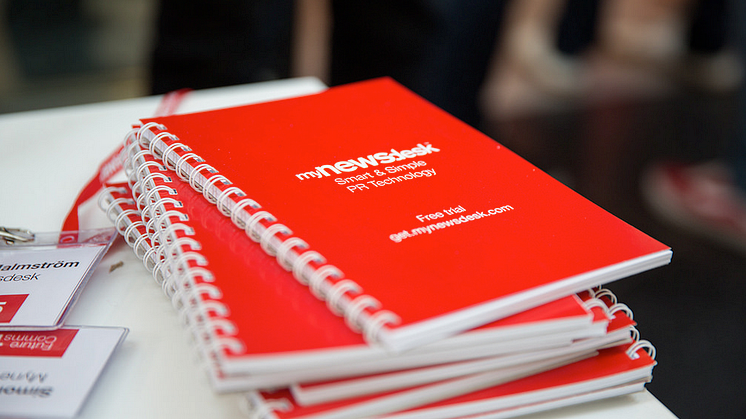
Blog post -
7 Step Guide To Evergreen Content
As content creators, we’re all guilty of churning out blogs, press releases and news stories for the sake of it, because we want more “reach”, more views, more coverage. But as the volume of online content increases, it’s only going to get harder to attract a meaningful audience. Enter evergreen content.
Evergreen content is content that can be recycled, repurposed and rejigged time and time again. It's content that isn't timely and could apply to your audience no matter when they read it. It's the type of content that could and should be every marketing person's best friend. Why? Because it’ll save you thinking and writing time, plus it could boost your SEO. It’s all wins.
And Yup. I realise I’m writing a brand spanking new blog about the need for marketers to reuse old content. I know, I know...I see the irony too. So now that’s been addressed, let’s crack on with the steps you can take to boost your SEO with what you've already done - you're welcome.
Step 1: Audit the Old
Before you write anything new, take a look at what you’ve got.
Trawling through your old content may take a while but it’ll save you time in the long-run. Start by auditing the content that’s currently on your site, deciding which pages should be unpublished, updated, promoted or repurposed. Where possible, delete the content you no longer need, for example job listings, previous employee profiles, outdated articles etc but make sure you redirect people looking for those pages to new, relevant pages to increase their dwell time - a strong signal to Google that your content is great!
Step 2: Analyse Performance
There’s no use focusing on recreating the content that didn’t work but replicating or updating these previous best performers can further boost your all-important metrics.
Select an appropriate time-frame to look at and identify which pieces of content had the greatest reach, most page views, clicks, engagements, shares etc - whichever metrics are of most importance to you. That way you'll know what your audience found most useful and what to give them more of.
Step 3: Rethink your keyword strategy
Your best performing blog could be rocketed eeeeven further up those SERPs (that's search engine results pages to you and I) with a refresh of your keywords. For this, lean on Google's Keyword Tool to find the most relevant, high volume search terms to optimise your piece for. It's a super easy way to keep your story fresh and optimised.
Step 4: Time it to perfection
I’m a huge advocate of creating content that aligns with an annual event such as Christmas, the football season or the start of X-Factor - and again, articles like these can easily be updated, year after year. But what’s key here is their timing. While it might seem logical to post a piece about Christmas shopping on the busiest shopping day of the year, in reality, people are Googling that term wayyy ahead of then.
Google Trends is a great tool to help you figure out when you should be posting. Take a look at the below chart - you’ll see that searches for Christmas related search terms, last year, started increasing from October - so maybe you want to get your content out there earlier to capitalise on the searches.
Step 5: Think bigger than blogs
If you had one piece of content that your audience really loved, then one way to revive and repurpose it in a new way is to to redeliver it in a new format. Think webinars, podcasts, live streams, infographics. Get influencers, employees or customers to add their two penneth to the topic. Content can always go beyond the blog.
Video content currently performs particularly well on Facebook whereas infographics are more suited to Pinterest and listicles are ideal for Twitter. And knowing this can help you distribute your evergreen content in a way that will help you maximise your engagement and continually drive traffic to your site.
Step 6: Just don’t duplicate it
Google doesn’t like duplicate content. In fact, you could be penalised for it and your rankings will suffer. Updating is always better than doubling-up!
Step 7: Focus on quality
Your archive of content is probably home to a number of hidden gems, you’ve just got to find and leverage them to the max!
When you think strategically about publishing ROI and repurpose, upgrade and promote your content, the benefits are huge. You’ll spend less on production, improve your SEO rankings and reach new audience members. Tada!
So there we have it - an entirely new blog, but it’s a recyclable one - we can add, edit and reuse this time and time again. I’ve made it evergreen...






